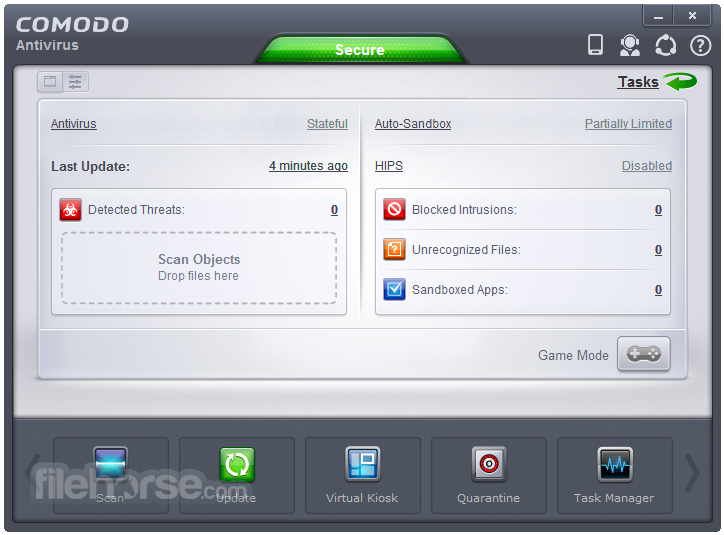


The authors believe this case study illustrates the ability to conduct a behavioral analysis of digital evidence. The authors concluded that the suspect in this case was in fact a child pornography user and not an ad hoc investigator, and the findings from the behavioral analysis were admitted as evidence in the sentencing hearing for this case. When comparing the frequency of URLs to the Hit Count for each pornography type, it was noted that the accused was accessing gay porn, child porn, chat rooms, and picture profiles (i.e., from Facebook) more often than adult porn and neutral websites. However when the IE history file was analyzed by visit, or “hit,” count, the Pictures/Profiles (31.5%) category had the highest visit count followed by Neutral (19.3%), Gay Porn (17%), and Child Porn (16.6%). Only 10.8% of the URLs were classified as child pornography websites. Results showed 54% (n = 3205) of the URLs were classified as “neutral” and 38.8% (n = 2265) of the URLs were classified as a porn website. First, a frequency analysis was used to determine a baseline of online behavior.

After the URLs were classified (Neutral Adult Porn Child Porn Adult Dating sites Pictures from Social Networking Profiles Chat Sessions Bestiality Data Cleaning Gay Porn), the Internet history files were statistically analyzed to determine prevalence and trends in Internet browsing. The suspect in this case claimed to be conducting an ad hoc law enforcement investigation. The following case study assessed the Internet Browsing History (Internet Explorer Bookmarks, Mozilla Bookmarks, and Mozilla History) from a suspected child pornography user’s computer. However, in the following case study, the authors argue that the behavioral analysis or “profiling” of digital evidence can also play a vital role in child pornography investigations. The work proposed that the documentation given for the private mode for popular browsers is not complete, and also that users’ privacy, can be leaked.ĭigital evidence plays a crucial role in child pornography investigations. This work studies the different parameters considered for privacy leakage different methods used for evaluation both in normal browsing mode and in private browsing mode.
COMODO DRAGON BROWSER REVIEW 2016 WINDOWS
This paper focuses on the popular desktop browsers on Windows such as Google Chrome, Mozilla Firefox, Microsoft Edge, Apple Safari, Brave, Tor, etc. In this paper, we have surveyed different research papers. Hence, there comes the need for privacy protection while internet surfing in web browsers. So, when we are using the internet to a very much great extent then, there are also chances of getting tracked, hacked, or cyber-bullying, etc. Due to this, the usage of web browsers has increased exponentially. The global pandemic like, Covid-19 has drastically changed the whole world, and in the post Covid world, most of the businesses are switching to online business, online marketing, online customer service, etc. In today’s digital world, mobile phones, computers, laptops and other digital devices are the most important things.


 0 kommentar(er)
0 kommentar(er)
